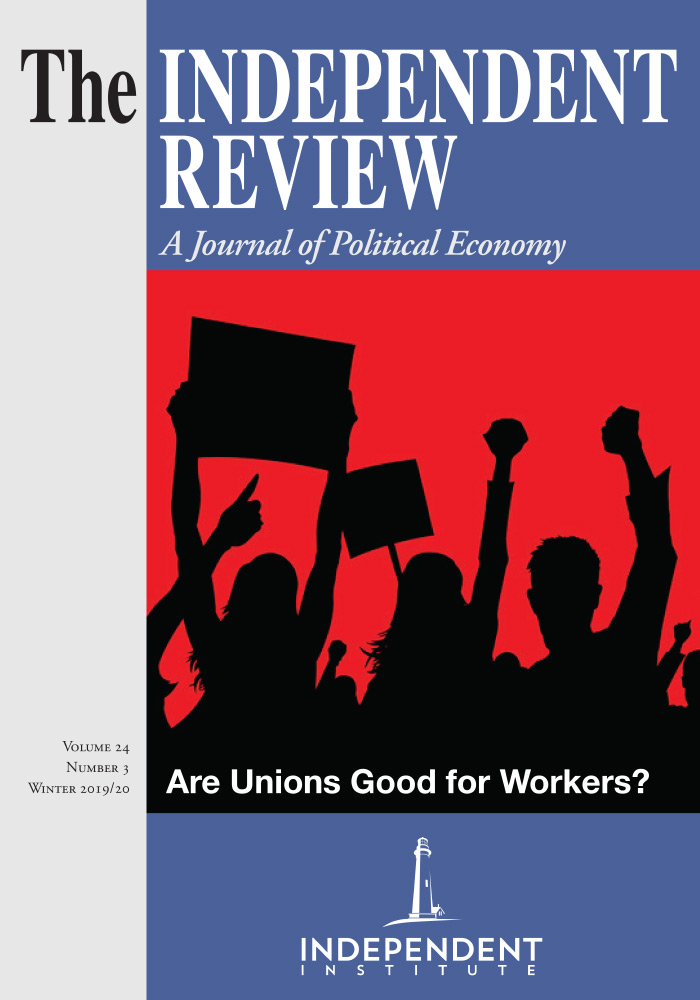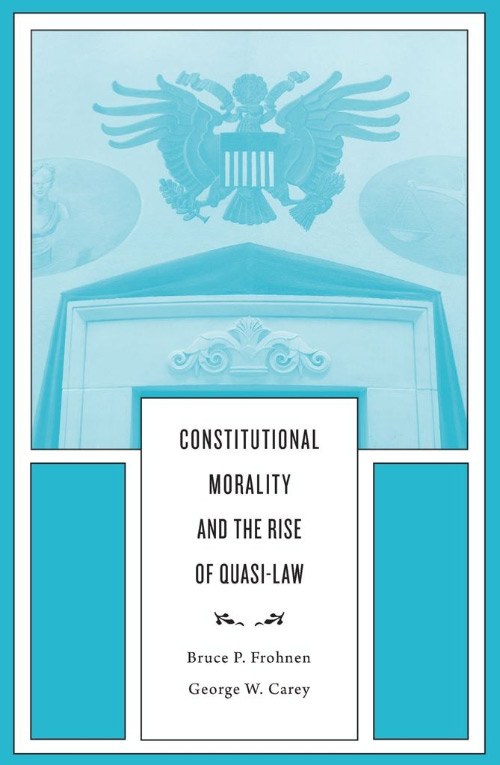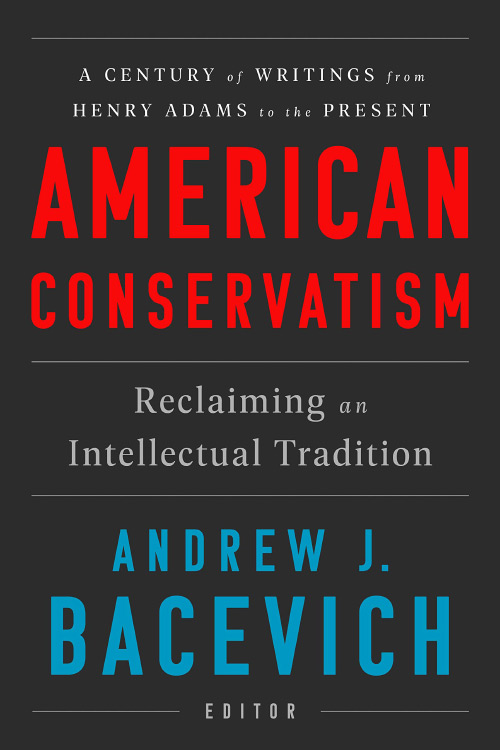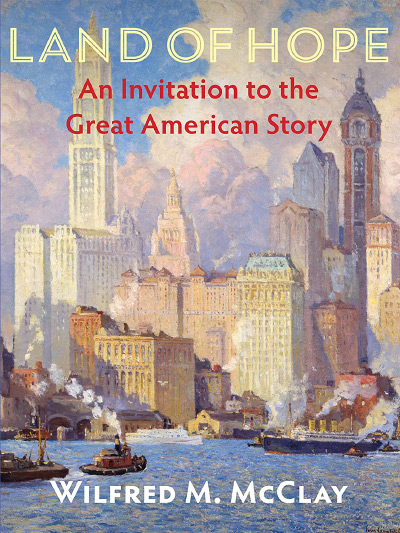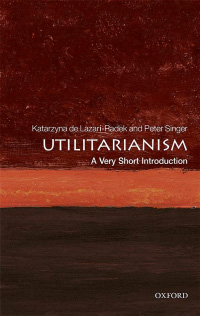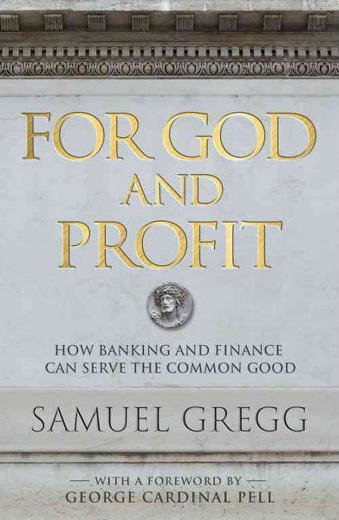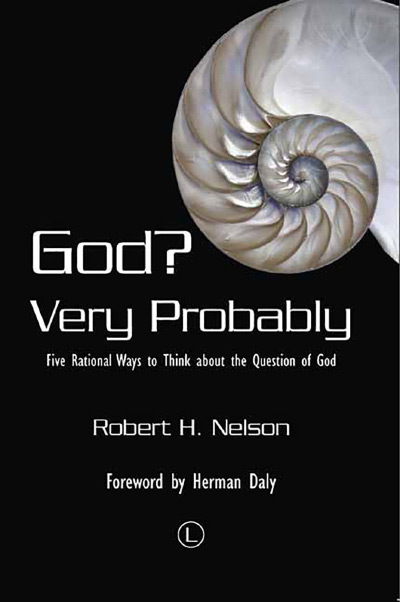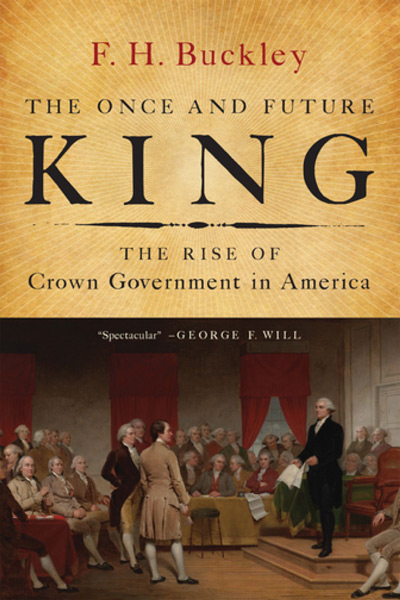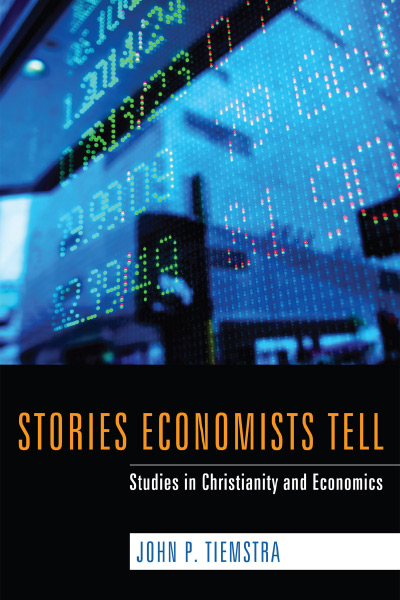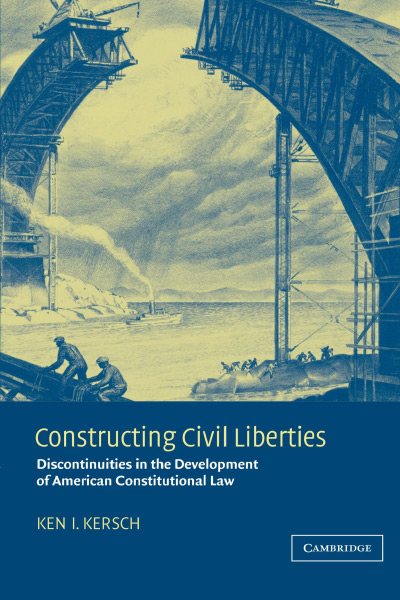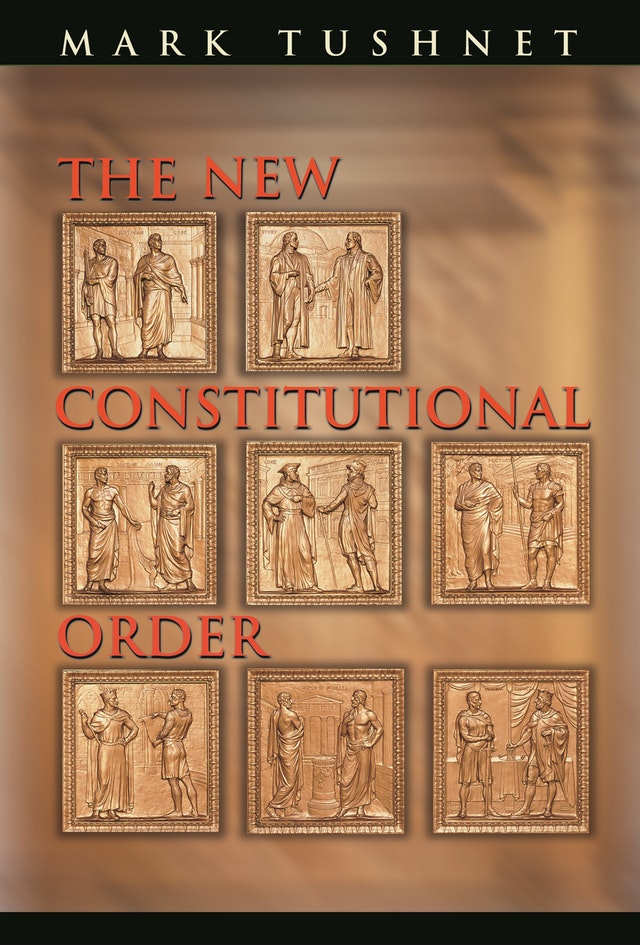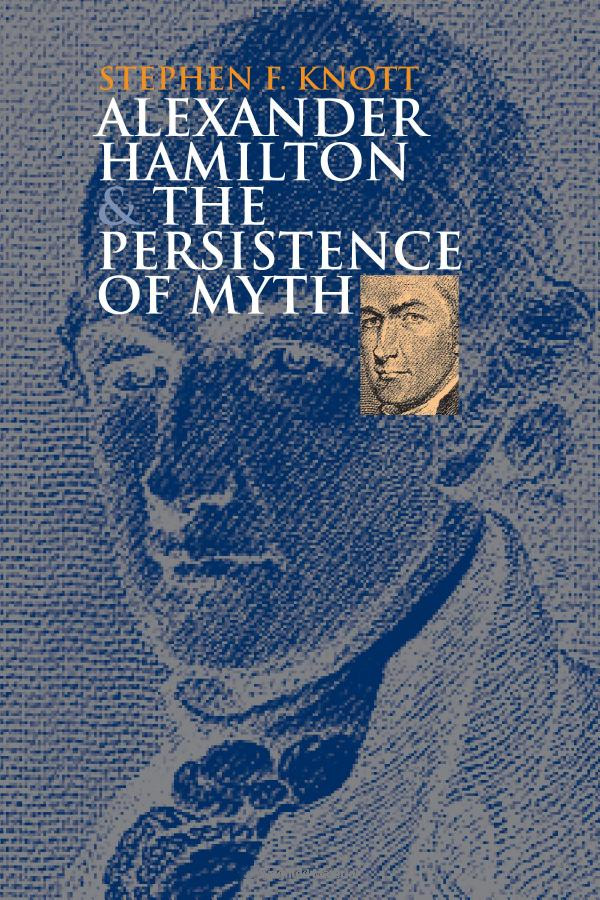This collaboration between Bruce Frohnen and the late George Carey is one of the best, if not the best, constitutional law books of the past decade. The writing is clear, erudite, and concise, but what truly distinguishes this book is its breadth, encompassing not just a particular area of law or mode of interpretation but also the rule of law and its status in twenty-first-century America.
Frohnen and Carey explore this thorny, abstract, and contentious subject without being unduly theoretical, abstruse, or tendentious in the process. That is not to say Constitutional Morality is an easy book; to the contrary, it is heavy and ponderous, full of rich and thick passages about the common law and American constitutionalism. Nor is this to say it is a nonideological work; the book has an unmistakably conservative disposition in linking the rise of the administrative state with the demise of the rule of law. Nevertheless, the authors write so lucidly that nonacademics can digest its heavy subject matter without much difficulty. And the authors reject the platforms of both political parties, so there is plenty of analysis for liberals and conservatives alike to find agreeable (and disagreeable). Indeed, the conservative authors condemn President George W. Bush’s use of executive power more than they criticize the actions of any other postwar president (see, e.g., pp. 211–16).
The book succeeds mightily in diagnosing the nation’s constitutional ills, largely due to the authors’ willingness to defy partisanship. But perhaps as a result of this defiance, the book fails just as mightily in political prognosis in that it does not sufficiently engage the political and social realities of twenty-first-century America.
First, the diagnosis. Recalling Carey’s collaboration with Wilmoore Kendall, Basic Symbols of the American Political Tradition (Washington, D.C.: Catholic University of America Press, 1970), Frohnen and Carey view “constitutional morality,” in contrast to the constitutional text itself, as the bedrock of our legal and political order. They define “constitutional morality” as “the felt duty of government officials . . . to abide by the restrictions and imperatives imposed on them by a constitution” (p. 10). And they define the rule of law as “governance according to settled norms” (p. 19). Constitutional morality is thus essential for the rule of law to operate. The rule of law is breaking down in the United States because we decreasingly have a foundational set of constitutional norms that our leaders feel obligated to follow.
A central task of the book is to determine what precipitated this breakdown. Frohnen and Carey clarify that this issue is not merely a matter of theoretical interest. Rather, the breakdown of the rule of law is a profoundly practical problem, for the rule of law “establishes predictable order, allowing for the pursuit of higher political ends as well as basic human flourishing” (p. 19). Diagnosing what led to the loss of our constitutional morality is therefore critical to creating a political and social environment in which individuals, families, and communities can achieve their natural ends.
This Aristotelean position on the rule of law is relatively uncontroversial, but what will surely stir up disagreement is that Frohnen and Carey trace the loss of our constitutional morality to the Progressive Era, with Woodrow Wilson playing a leading role. For Frohnen and Carey, the Progressive Era initiated our legal breakdown by empowering federal bureaucrats to devise one-size-fits-all national policies in the name of an amorphous democratic will. Under the progressive view, all obstacles to speedy, efficient, and uniform change present problems for a political order, and politicians should seek to eliminate rather than accommodate such problems.
Several changes to our constitutional order follow from this progressive vision. The notion of a formal legal system consisting of rigid rules must be replaced by a fluid administrative state consisting of flexible standards. The Constitution must be transformed from a legal document into a political instrument to be deployed by federal judges “as a tool of social transformation” (p. 49). And federal judges must use this tool to weaken any social arrangements—including religious organizations, regional identities, and private associations—that prevent uniform national policy.
Frohnen and Carey trace how this progressive view has become our constitutional standard, transforming our original mediating constitution (i.e., a constitution that “mediates among more primary social groups and institutions”) into a commanding constitution (i.e., a constitution that “shape[s] the conduct of individuals, groups, and political actors to produce a society that has a specific character”) (p. 52). Our new commanding constitution, Frohnen and Carey allege, no longer takes people as they are but rather seeks to reconstruct them, particularly to become more inclusive and egalitarian.
Standing firmly against this egalitarian current, Frohnen and Carey contest that the sticky and disaggregated arrangements of church, family, and community are not antiquated artifacts to be discarded at the whim of bureaucrats seeking to construct a better social order. Rather, they are the things—the concrete, corpuscular things of lived experience—that constitute the American social, political, and legal landscape.
This view represents an important departure from most conservative scholarship. Conservatives generally claim that restoring the Constitution’s original public meaning is not only necessary but also sufficient to restoring the rule of law and, by extension, a healthy constitutional republic. But for Frohnen and Carey this condition is merely a necessary one, not a sufficient one. They argue that we also need a virtuous citizenry—one actively involved in local governance, family life, and private associations—to revive our constitutional republic.
Frohnen and Carey persuasively defend this position, but there are three important shortcomings in their diagnosis.
First, the dissolution of American law, at least as Frohnen and Carey see it, might have been “baked into the constitutional cake,” so to speak. That is, Anti- Federalist criticisms that the Constitution would lead to an imperial judiciary and consolidated government turned out to be largely right. Moreover, many of Publius’s assertions to the contrary were politically short-sighted or in some cases plainly dishonest. Constitutional Morality would be far more interesting and more revealing if Frohnen and Carey were to have explored the extent to which the Constitution itself and the Federalist gloss on the document led to the unraveling of our constitutional morality.
It may be the case that the authors did not pursue this line of thought due to their own variance on this issue. Compared to Carey’s scholarship, Frohnen’s work on the Founding has generally been more sympathetic toward the Anti-Federalist view. And their disagreement on the Founding era may have led them to focus this book on the progressives—thus making for a more cohesive writing process but perhaps at the expense of a more compelling and insightful narrative.
Second, Frohnen and Carey offer only a few examples of Supreme Court cases illustrating our lost constitutional morality. This is, to be sure, a refreshing change from constitutional law scholarship that strains to show how a preferred mode of constitutional interpretation (e.g., originalism) can yield the “right” political outcomes. But the book would be more fulfilling if it were to clarify how its vision of constitutional morality, with its emphasis on local governance and private associations, might apply to difficult questions, such as incorporation under the Fourteenth Amendment and various civil rights decisions. Again, the collaborative nature of the project may be the issue here, as is evident in the concession that the authors disagree on the constitutional status of same-sex marriage (p. 35 n. 54).
Third, for all its wisdom in emphasizing the unwritten constitution, the book overlooks how changes to American society relate to the problems the book addresses. When the Constitution was adopted, the United States consisted of fewer than 4 million people and was, as John Jay wrote in Federalist number 2, “a people descended from the same ancestors, speaking the same language, [and] professing the same religion.” Almost 250 years later, the United States now consists of nearly one hundred times that population and is on the verge of lacking a racial majority. It is an open question whether shared legal norms, at least of the sort that can constitute a constitutional morality, can exist in such a large and heterogeneous nation.
These three points relate to why the book’s prognosis falls flat. In the concluding chapter, Frohnen and Carey accept that our constitutional morality will not be resuscitated merely with judicial enforcement of the Constitution’s original meaning, for “there is no simple going back to an older operational constitution, given the significant changes in our unwritten constitution” (p. 237).
So, if not an originalist restoration, what is their solution? A cultural restoration. More particularly, Frohnen and Carey seek “a renewal of culture and renewed recognition, among those in and out of government alike, of the duties of officeholders” (p. 236). Guided by Robert Nisbet’s important work on communitarianism, Frohnen and Carey conclude that this cultural renewal will require, more than anything else, bringing governance back to local communities.
The authors concede that our political institutions do not support this cultural awakening because the American “left and right share a vision of the central government as shapers of other institutions in service to individual autonomy” (p. 228). Frohnen and Carey fail to acknowledge, however, that the broader social culture does not support it either. In his groundbreaking work The Quest for Community (New York: Oxford University Press, 1953), Nisbet was addressing a postwar America increasingly atomized due to technological advancements, the rise of the military state, and secularism. Over the past sixty-five years, these changes have accelerated at an astonishing rate, creating a people decreasingly reliant on church, family, and community and increasingly reliant on the federal government. Frohnen and Carey admit that promoting a cultural awakening will be a challenging project, requiring “the work of decades,” (p. 236), but their book is disappointingly shallow in exploring what lies at the core of their investigation: how to reroot our thoroughly deracinated society.
Constitutional Morality deserves praise for seeing that cultural disorder is behind our legal disorder and that a cultural awakening is necessary to restore our constitutional morality. But as good as the book is, it would have been that much better had it peeled back another layer to explore what is behind our cultural disorder. This may have led the authors to the striking conclusion that their diagnosis calls for more than a simple cultural awakening. Restoring our constitutional morality may require something closer to a revolt against the very legal and political system that produced this problem in the first place.

